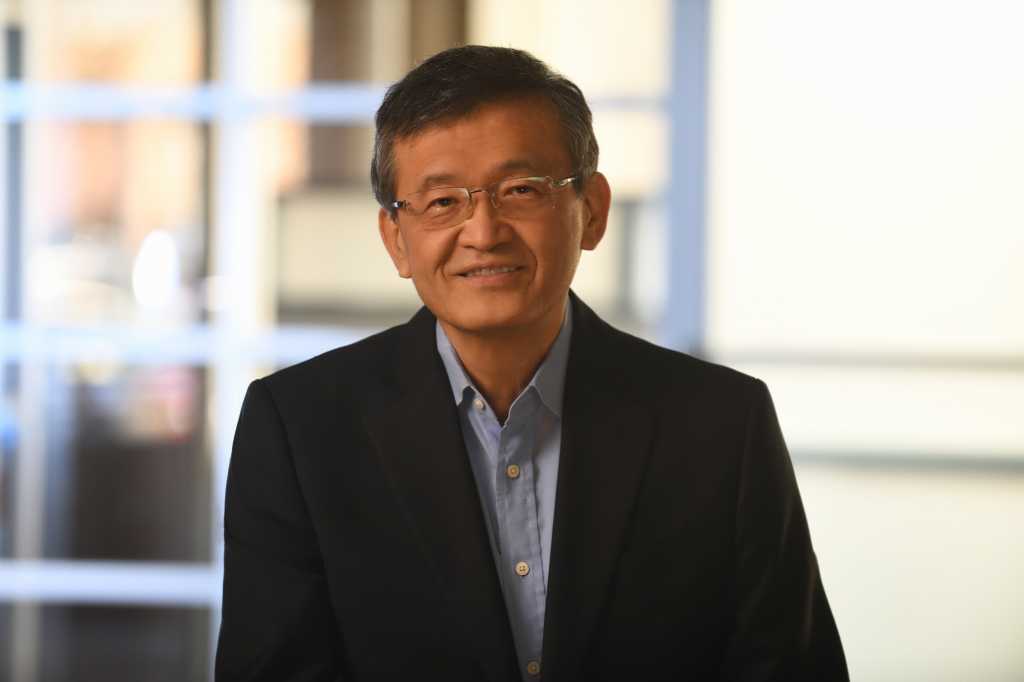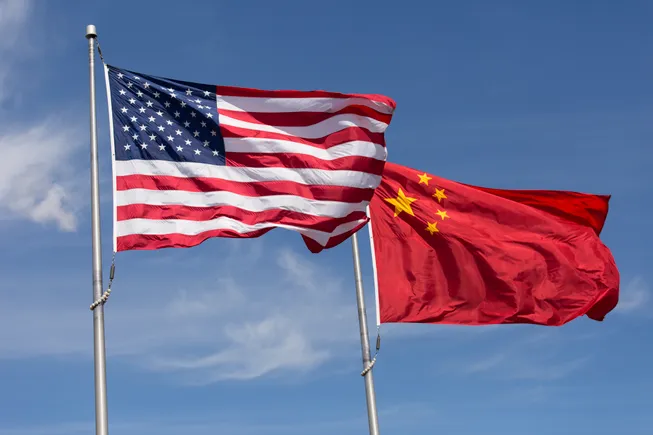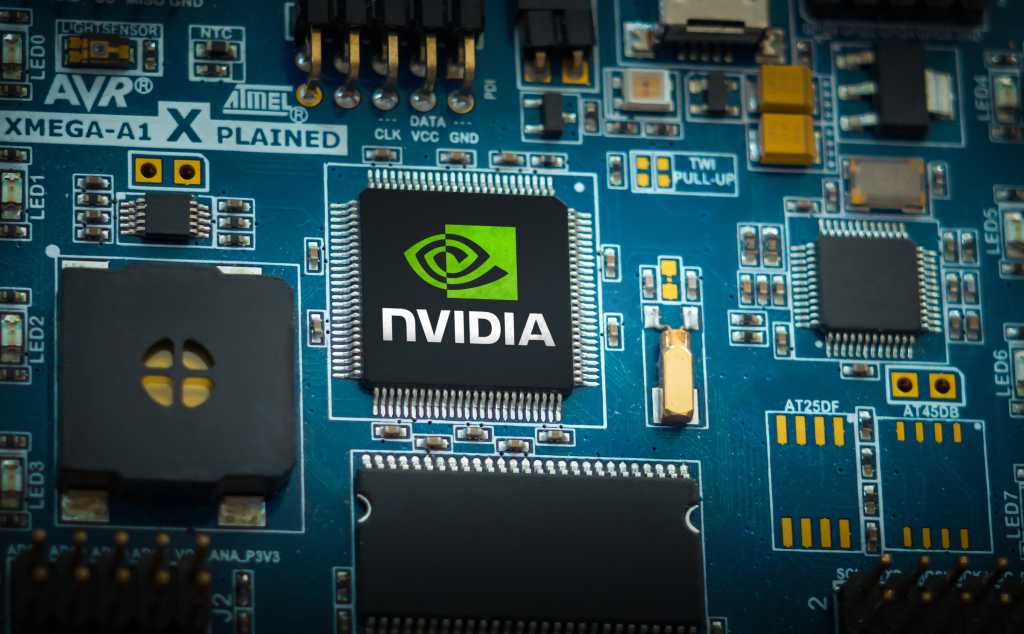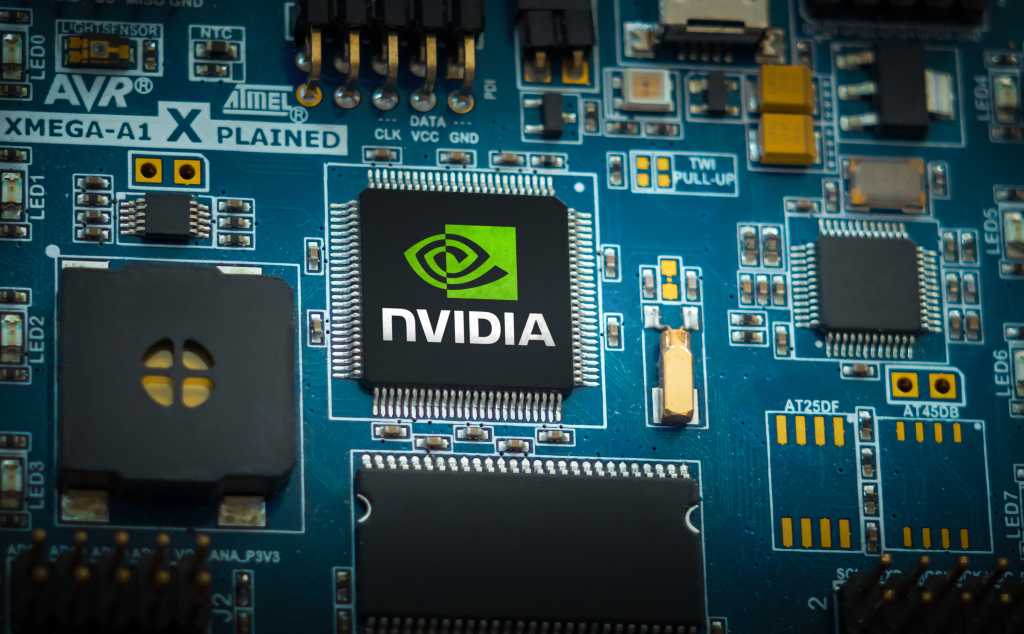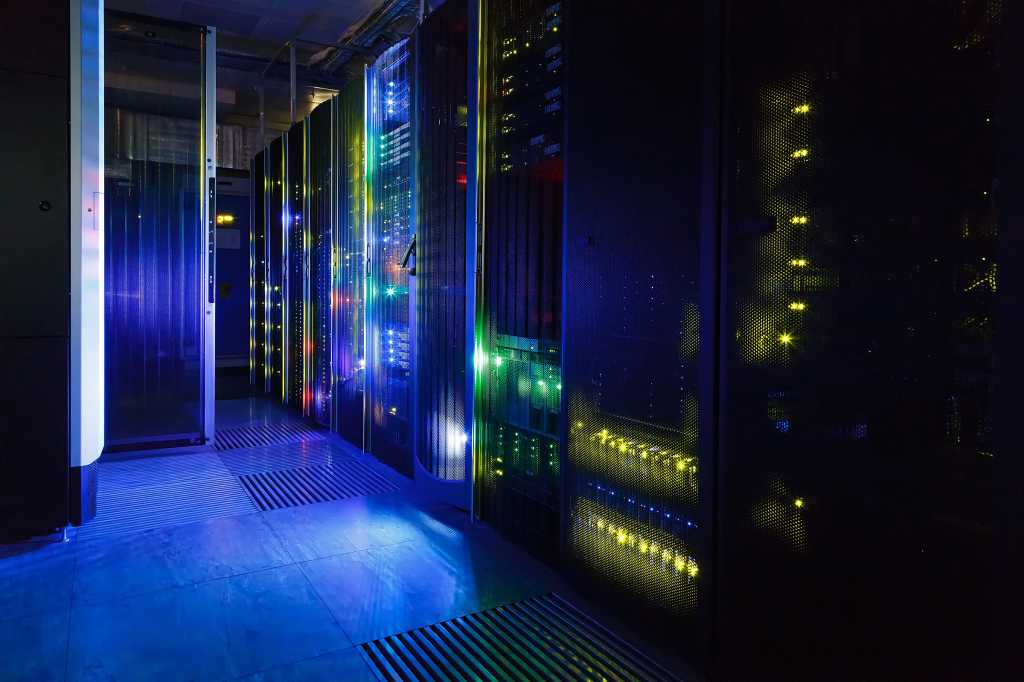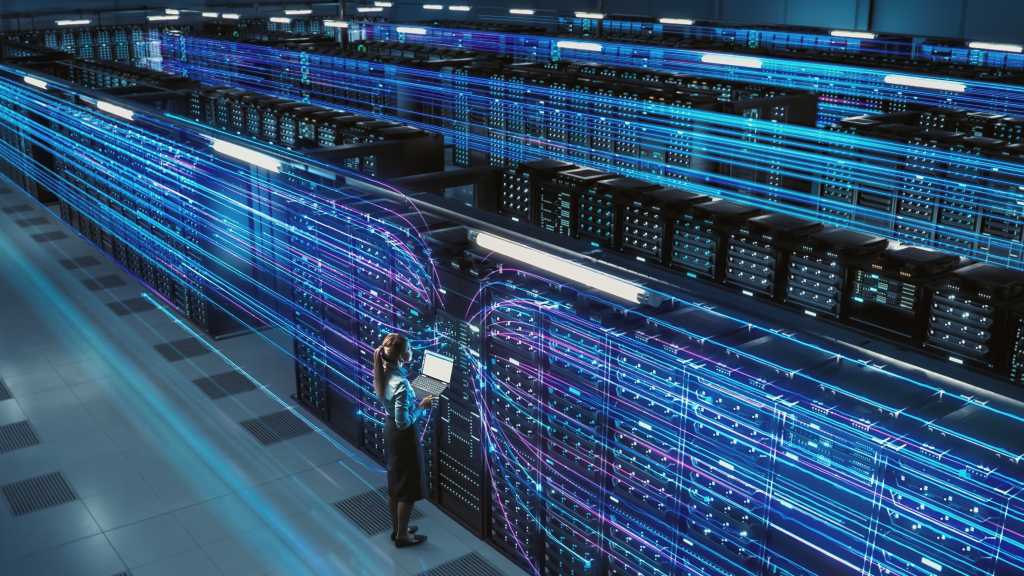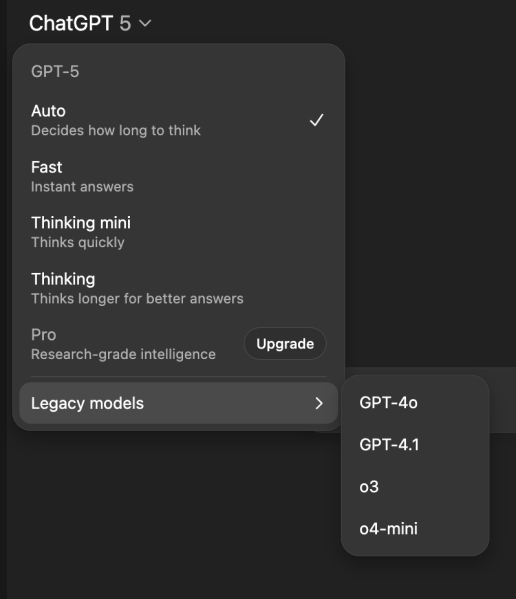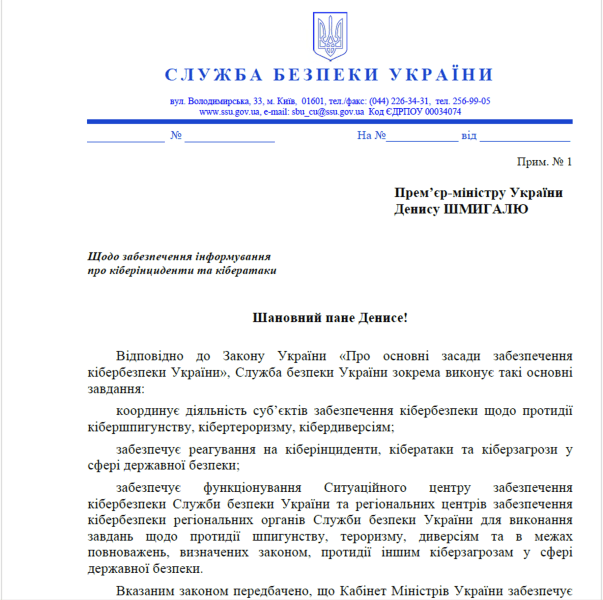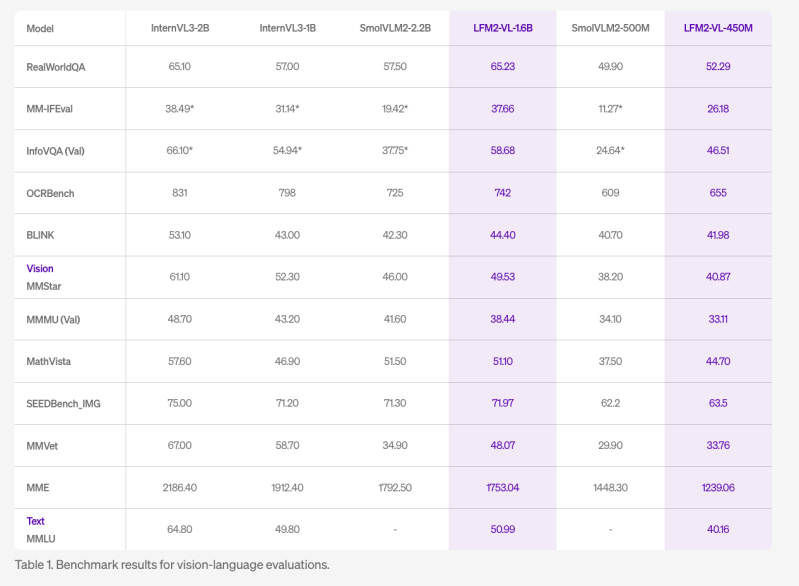
Venture Global Inc., one of the largest US exporters of liquefied natural gas, has prevailed over oil giant Shell Plc in an arbitration case over the sale of cargoes from its first export plant, capping a two-year fight.
The Virginia-based company welcomed the favorable tribunal ruling in a statement Tuesday and said the decision reaffirmed the “plain language” in its contracts. Its shares rose 6.7 percent after the close of regular trading in New York.
The dispute between the two energy players hinged on deals that Venture Global negotiated to sell fuel from its first export plant in Louisiana, named Calcasieu Pass. The facility began producing LNG in 2022. But instead of providing cargoes to customers with long-term contracts, Venture Global sold them directly into the spot market where prices were at a record high.
Venture Global said the move was justified as contracts permitted it to sell LNG into the spot market before the plant was fully operational and still in its “commissioning phase.” It nonetheless outraged companies that had signed 20-year deals.
The win is a crucial one for the company – the first resolution in a series of arbitration cases that have pitted the LNG upstart against some of the world’s biggest energy companies. Other cases are pending.
It already has implications for trades around the globe.
“It means that every LNG contract in the world was probably rewritten since this case began, to make sure this situation will be avoided in the future.” said Ira Joseph, a senior research associate at the Center on Global Energy Policy at Columbia University.
Other arbitration cases against Venture Global were filed by Shell, BP Plc, Polish utility Orlen SA, Portugal’s Galp Energia SGPS SA, Spain’s Repsol SA, Edison International and China’s Sinopec. The initial claims against Venture Global totaled nearly $6 billion.
Shell said it was disappointed with the tribunal’s decision. “Trust in long-term contracts is the bedrock of the LNG industry and essential for continued investment and sustainable growth,” the company said in a statement.
Co-founders Mike Sabel and Bob Pender launched Venture Global in 2013. They were initially viewed as outsiders to the Houston energy industry and a longshot bet to join the growing ranks of US LNG project developers.
More than three years after the plant first began shipping cargoes, Venture Global said in April that it had completed the commissioning phase at Calcasieu Pass and would start supplying fuel to its long-term customers.
Uncertainty surrounding the arbitration cases still cast a pall over the company’s initial public offering in January. It was the worst-performing major energy market debut in at least the last three decades. The stock fell on its first day, then posted the worst first month of trading out of any new listing in the sector worth over $1.5 billion since at least 1993, falling 39 percent.
What do you think? We’d love to hear from you, join the conversation on the
Rigzone Energy Network.
The Rigzone Energy Network is a new social experience created for you and all energy professionals to Speak Up about our industry, share knowledge, connect with peers and industry insiders and engage in a professional community that will empower your career in energy.

